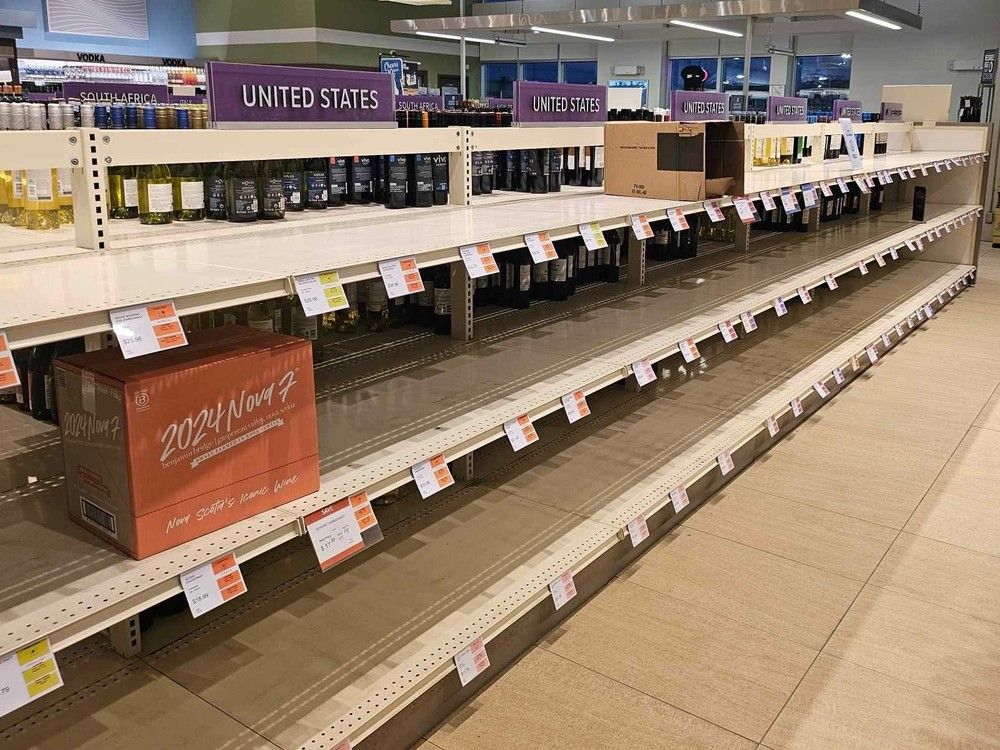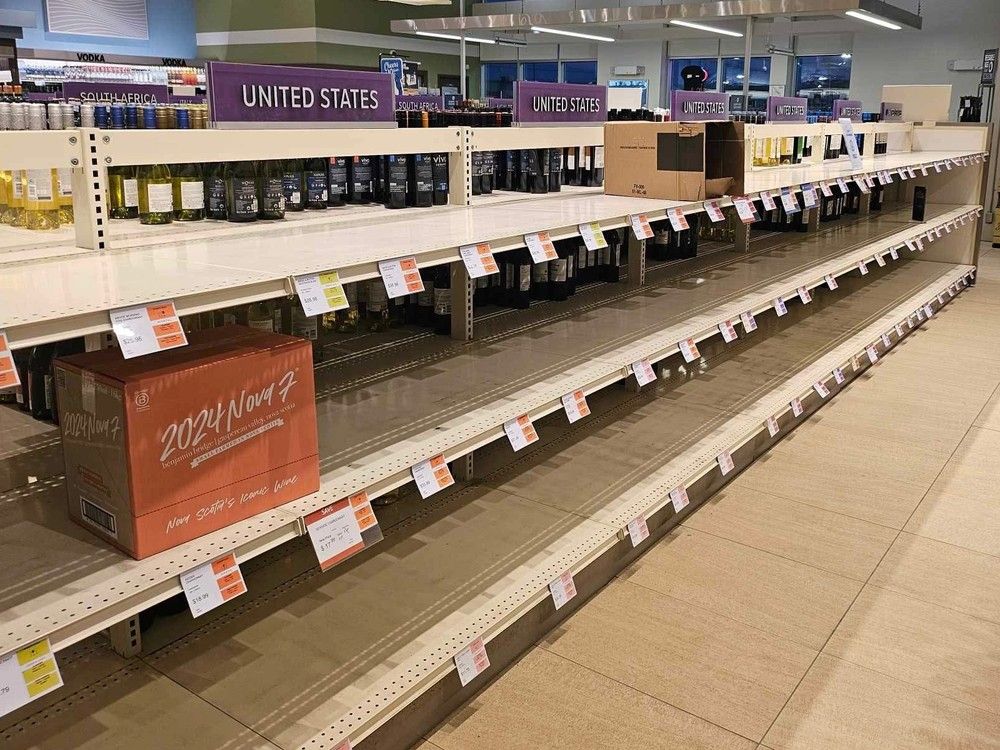
Among the lengthy list of imported U.S. goods soon to be free from Canadian counter-tariffs are spirits, wine and beer. But a U.S. liquor industry advocacy group said it matters little without change at the provincial level.
“This is a very positive sign,” Distilled Spirits Council President of the United States (DISCUS) CEO Chris Swonger
after Prime Minister Mark Carney announced the end of tariffs on goods compliant with the existing Canada-United States-Mexico Agreement (CUSMA) as of Sept. 1.
“But until all provinces put American spirits back on their shelves it won’t have much of an impact.”
In concert with former prime minister Justin Trudeau’s retaliatory tariffs, one of the foremost courses of action premiers took to U.S. President Donald Trump’s sweeping 25 per cent tariffs on Canadian goods was to yank U.S.-made alcoholic beverages from their shelves.
In the weeks ahead and just following the U.S. tariff taking effect on March 4, B.C., Manitoba, Ontario, Quebec and all of Atlantic Canada, along with Nunavut, stopped selling and ordering from south of the border.
Alberta, Saskatchewan, the Northwest Territories, and the Yukon, meanwhile, stopped importing new products but permitted the sale of existing stock. The two prairie provinces, however, have since lifted the purchasing moratorium.
“The unfortunate decision to remove American spirits from Canadian retail shelves is not only harming U.S. distillers, but it’s also needlessly reducing revenues for the provinces, and placing unnecessary burdens on Canadian consumers and hospitality businesses,” Swonger stated.
In a
with Spirits Canada last month, the organizations highlighted their own economic analysis showing a 66 per cent drop in U.S. spirits sales in Canada and 12.8 per cent less in all spirit sales from early March until the end of April.
They also reported a 6.3 per cent decrease in the sale of Canadian spirits over the same time.
The declines were sharpest in Ontario, Canada’s largest market, where U.S. sales plunged 80 per cent, 20 per cent on total sales, 12.8 per cent on Canadian products and 14.1 per cent on non-U.S. imports.
The data indicate Canadians started buying more Canadian and other imported spirits in April, but the groups contend “the gains did not compensate for the significant losses from the U.S. product removal.” Losses, they said, showed “that substitute products cannot fully replace the market demand previously filled by U.S. spirits.
“Additionally, the replacement products tended to be lower-margin offerings, significantly impacting the profitability of the Canadian spirits sector.”
As for what’s become of all the U.S.-made liquor that was pulled from the shelves and put into storage, National Post has contacted each province and territory to learn what happened to the goods.
In Quebec, the province’s finance minister said last week that $300,000-worth of expiring U.S.-made alcohol would be donated to foundations, charity events, and hospitality training schools. The province’s liquor board had earlier said it may have to destroy the products, which consisted mostly of rose and boxed wines, ready-to-drink cocktails, certain beers, and liqueurs with short shelf lives. The items represented only a fraction of the $27 million of American products in storage.
A spokesperson for the Nova Scotia Liquor Corporation told National Post it continues to store roughly $14 million-worth of U.S. products and hasn’t had to dispose of any.
“Any decision that relates to the sale of U.S. products is led by the Province, and we would review all products at that time,” the spokesperson wrote via email.
National Post has also contacted the office of Premier Tim Houston for comment.
In Nunavut, a spokesperson for the department of finance told National Post via email that the sale of about $600,000-worth of existing U.S.-made inventory resumed on July 3. Once it’s gone, however, there will be none until well into next year. Such products are only resupplied during the territory’s “relative brief summer shipping season,” and the already-completed 2025-26 order “did not include any U.S.-made product.”
— with files from The Canadian Press
Our website is the place for the latest breaking news, exclusive scoops, longreads and provocative commentary. Please bookmark nationalpost.com and sign up for our daily newsletter, Posted, here.
